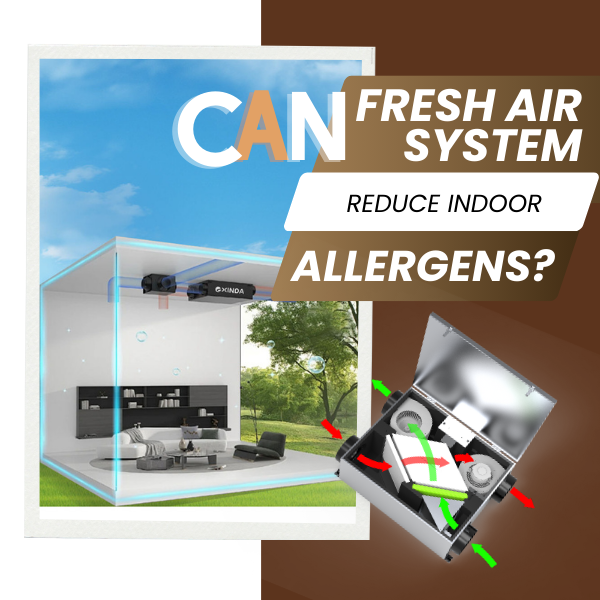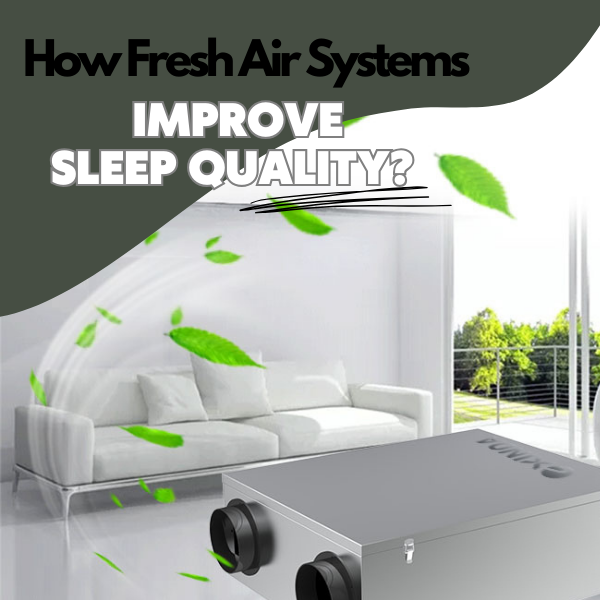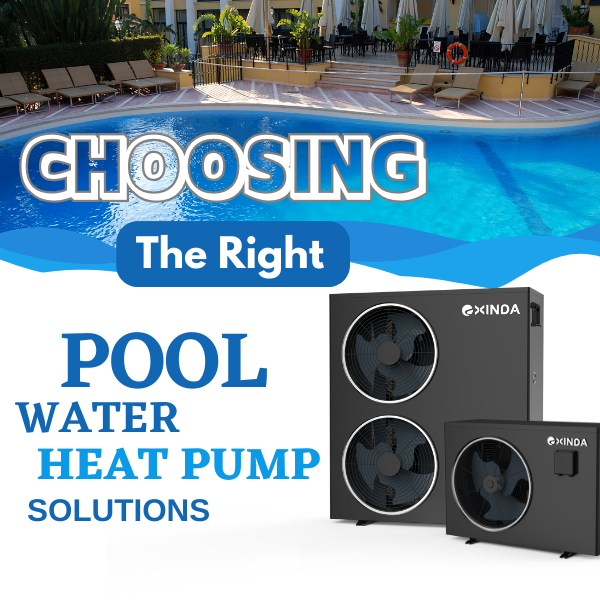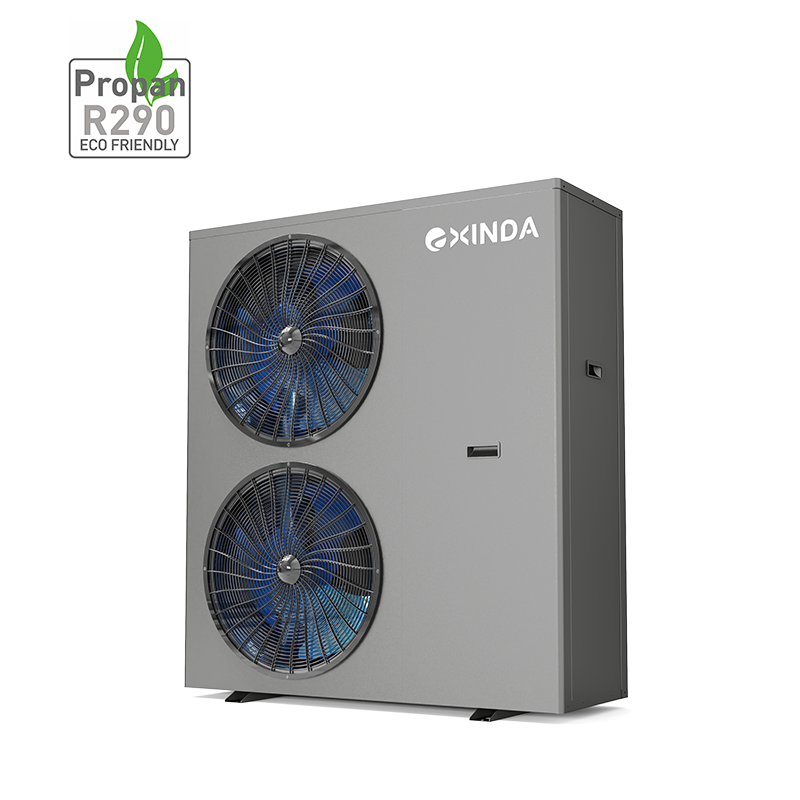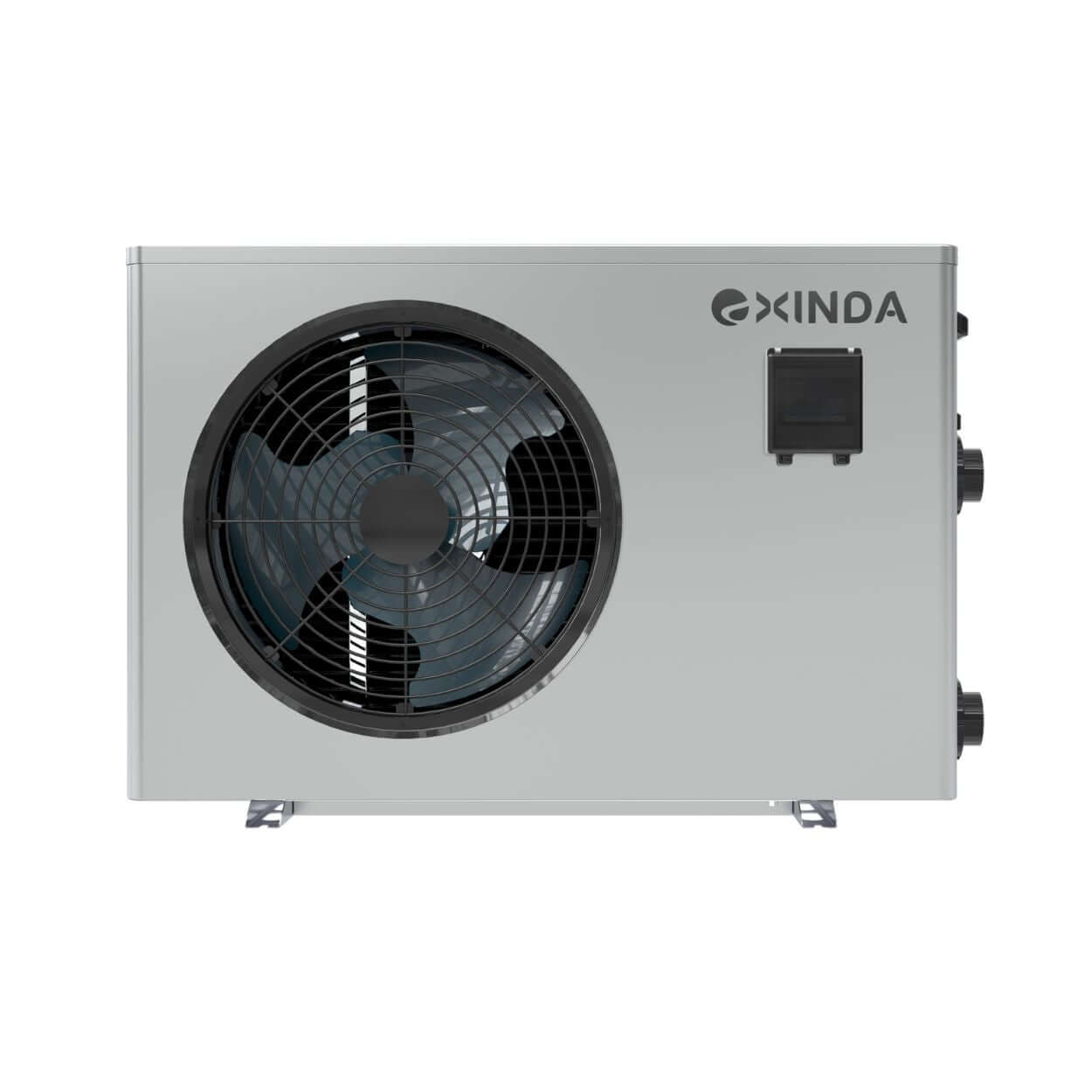Allergens in your home can cause discomfort and health issues. Fresh air systems offer a solution by improving air quality and reducing allergens. Let's explore how they work and their benefits.

Indoor Allergens and The Impact
Indoor allergens like dust mites, pet dander, pollen, and mold spores can trigger allergic reactions and asthma.
They accumulate in homes, especially in areas with poor ventilation. Understanding these allergens is the first step in addressing them.
Reference Mayo Clinic - Indoor Allergens
|
Allergen |
Common Sources |
Impact on Health |
|
Dust Mites |
Bedding, Upholstery |
Allergic Rhinitis, Asthma |
|
Pet Dander |
Pets |
Sneezing, Itchy Eyes, Asthma |
|
Pollen |
Open Windows, Clothes |
Hay Fever, Allergic Rhinitis |
|
Mold Spores |
Damp Areas |
Respiratory Issues, Asthma |
How Fresh Air Systems Work Against Allergens
Fresh air systems, like heat recovery ventilator (HRV) and energy recovery ventilator (ERV), filter and exchange indoor and outdoor air.
These systems remove stale air, bringing in fresh, filtered air, reducing indoor allergens.
Reference EPA - Ventilation and Air Quality
Benefits of Fresh Air Systems for Allergy Sufferers
For allergy sufferers, fresh air systems can be life-changing.
By reducing allergen levels, these systems help minimize symptoms such as sneezing, itchy eyes, and respiratory issues. Continuous fresh air circulation ensures a healthier living environment.

Comparing HRV and ERV for Allergen Control
HRVs and ERVs both improve air quality, but they have different functions.
HRVs focus on heat exchange without moisture transfer, ideal for colder climates. ERVs manage both heat and cold, suitable for various climates.
Understanding these differences helps in choosing the right system.
|
Feature |
HRV |
ERV |
|
Heat Exchange |
Yes |
Yes |
|
Moisture Control |
No |
Yes |
|
Ideal Climate |
Cold Climates |
All Climates |
Effective Air Filtration in Fresh Air Systems
Air filtration is crucial in reducing allergens. Fresh air systems use advanced filters to trap dust, pollen, and other particles.
This filtration process significantly improves indoor air quality, making your home safer for allergy sufferers.
Reducing Dust Mites with Fresh Air Systems
Dust mites thrive in humid environments. HRV and ERV systems control humidity levels, making it harder for dust mites to survive. By maintaining optimal humidity, these systems reduce dust mite populations and related allergic reactions.
Pet Dander Control Using Fresh Air Systems
Pet dander is a common allergen. Fresh air systems continuously filter and replace indoor air, removing pet dander particles.
This process helps pet owners reduce allergen levels in their homes, providing relief from pet allergies.

Pollen Reduction
Pollen can easily enter homes through open windows and doors. Fresh air systems bring in filtered outdoor air, significantly reducing pollen levels indoors.
This benefit is especially valuable during pollen season, helping allergy sufferers breathe easier.
Choosing the Right Fresh Air System for Allergies
Selecting the right fresh air system depends on your specific needs and climate. HRVs are ideal for colder climates, while ERVs work well in various conditions.

Exinda Fresh Air Systems
Exinda's fresh air systems are designed to enhance air quality and reduce allergens. Key features include high-efficiency filters, energy-saving technology, and quiet operation. These features ensure effective allergen control and comfort in your home.
Consulting with an Exinda expert can help you make the best choice for your home.
Conclusion
Fresh air systems are a powerful tool in reducing indoor allergens and improving air quality. By investing in a HRV or ERV, you can create a healthier living environment for your family. These systems offer advanced filtration, humidity control, and continuous fresh air circulation.
For more information and to find the perfect solution for your home, Click Here.
About Exinda

Exinda, a leading heat pump manufacturer and supplier in China, offers comprehensive supply chain solutions and expertise in Air Source Heat Pump Systems for residential and commercial heating/ cooling types of equipment, along with HRV & ERV ventilator systems.
Through our OEM/ ODM services and a focus on energy efficiency, Exinda integrates technologies like variable frequency and eco-friendly refrigerants.
Supported by a 60,000m² manufacturing facility, Exinda ensures efficient production and delivery, backed by a dedicated service team. Committed to corporate social responsibility, Exinda actively pursues greener energy solutions.

